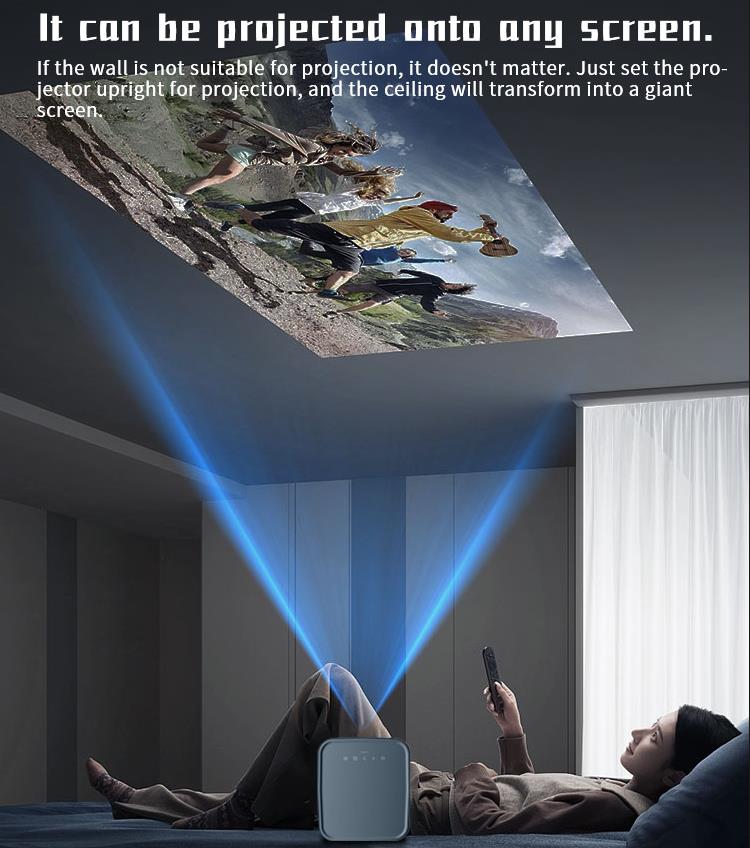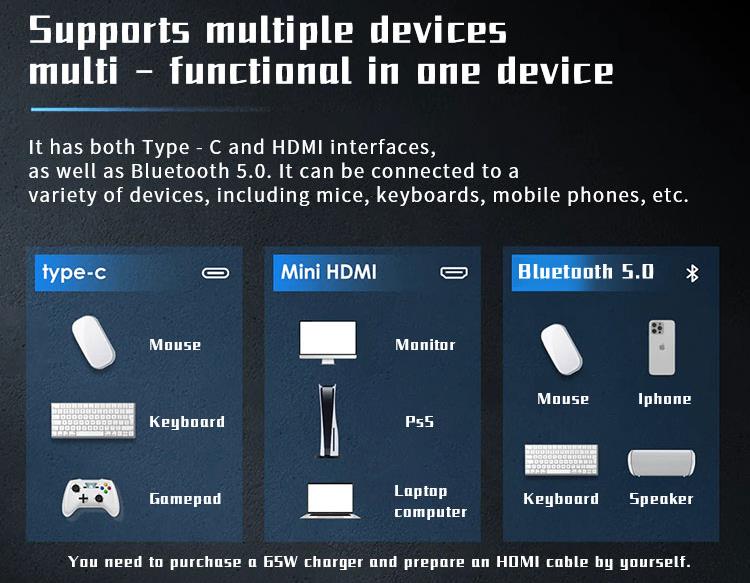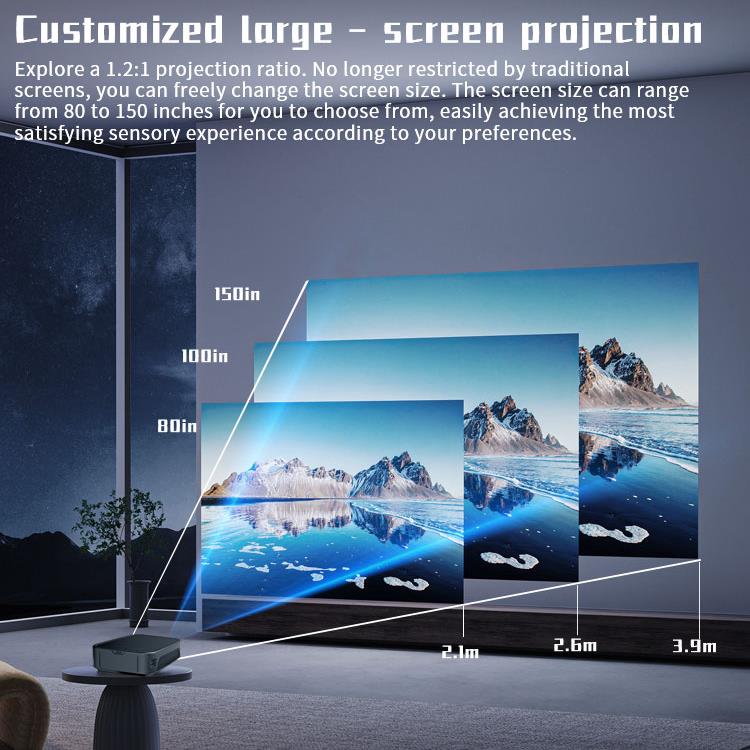- Select Language
The X501 Handheld PDA combines advanced barcode sc...
DLP projectors have long been a popular choice for home theater enthusiasts and professional users. Known for their sharp images, compact designs, and reliable performance, they're widely used in venues ranging from classrooms to large theaters. But like any technology, they have their pros and cons. Let's explore the key advantages and disadvantages of DLP projectors to help you decide if they're right for your needs.

1. Superior Portability
Compared to other projection technologies like LCD or LCoS, DLP projectors are generally lighter and more compact. This makes them ideal for business travelers, teachers, or anyone who needs to frequently carry and set up a projector. Many portable and pico projectors use DLP chips because they offer a compact size without compromising image quality.
2. High Contrast and Sharp Images
DLP projectors are known for their high contrast, deep blacks, and vibrant whites. The reflective properties of the DLP chip reduce light bleed, resulting in crisp edges and sharper details—ideal for movies, games, and presentations requiring clear text clarity.
3. Long-Lasting Performance
Due to their sealed chip design, DLP projectors are less susceptible to dust damage and image quality degradation. Unlike LCD projectors, which can experience color fade or pixel misalignment, DLP projectors maintain consistent image quality for years.
4. Fast Response and Smooth Motion
Thanks to their rapid pixel switching, DLP projectors excel at rendering fast-moving scenes with minimal motion blur. This makes them ideal for watching sports, playing fast-paced video games, or projecting dynamic content in business presentations.
5. Reliable Color Accuracy (with proper calibration)
Modern DLP projectors equipped with multi-segment color wheels or advanced laser/LED light sources can produce accurate, vibrant colors suitable for both home entertainment and professional environments.

DLP Projector Disadvantages
1. Rainbow Effect
Some viewers may notice a "rainbow effect"—brief flashes of red, green, and blue—especially in high-contrast scenes. This occurs in single-chip DLP projectors that use a color wheel. While not noticeable to everyone, sensitive viewers may find it distracting.
2. Limited Lens Shift and Zoom Features
Many compact DLP projectors have limited lens shift or zoom features, which reduces installation and image positioning flexibility compared to LCD or LCoS models.
3. High Lamp Replacement Costs
If you choose a lamp-based DLP projector, lamp replacement costs can be high over time. However, laser and LED DLP models offer light source lifespans exceeding 20,000 hours, largely alleviating this concern.
4. Average Color Brightness on Some Models
While DLP projectors generally offer excellent contrast, some models (particularly those with faster color wheel speeds) may have slightly lower color brightness than 3LCD projectors. This can affect image vividness in very bright environments.

Who should choose a DLP projector?
You should consider a DLP projector if you value:
Portability and easy setup
Clear contrast and detail clarity
Long-term reliability and low maintenance
Smooth sports and gaming video performance
However, if you are extremely sensitive to rainbow artifacts or require maximum installation flexibility, you may want to compare DLP with LCD or LCoS options before purchasing.
Final Conclusion
DLP projectors remain one of the most versatile and durable projection technologies available. Their crisp visuals, compact form factor, and long-lasting performance make them a top choice for both personal and professional use. By understanding their strengths and limitations, you can make an informed choice and get the best viewing experience for your space and budget.